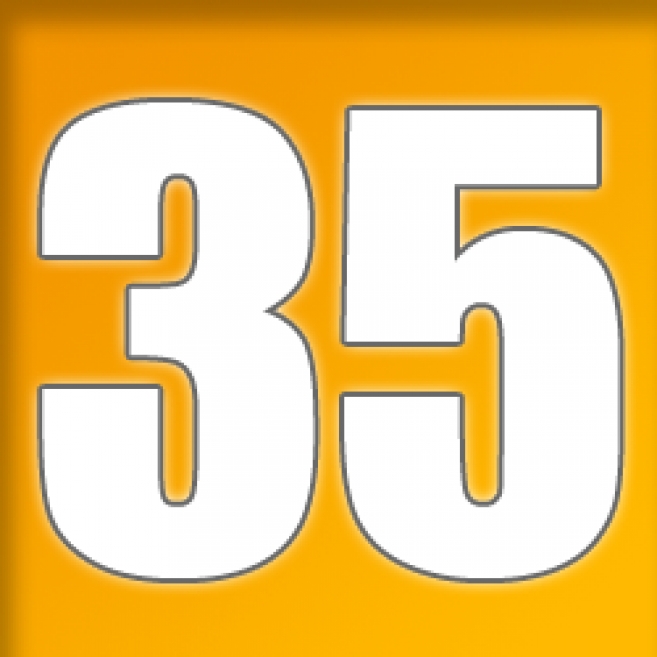Here are some interesting Joomla blog posts I found during week 35, 2013:
- How to use the page class suffix in Joomla
- How to find the version number of an extension, plugin or template in Joomla 3?
- Joomladay Sydney is just around the corner
- How to use the discover tool in Joomla 3
- Whats in a SERP? Understanding all the parts of a search result
How to use the page class suffix in Joomla
Written by Anthony Olsen
In this issue of the “How to Joomla” series I will explain how to use page class suffix in Joomla. Joomla! creates HTML pages that use Cascading Style Sheets to control the appearance of the page. This includes things like fonts, colours, margins, and background. The CSS files are part of your template. When Joomla! creates a page, it creates different CSS classes that are then referenced in the CSS file to specify which style will apply to which parts of the HTML page.
Where can I find page class suffix parameter?
Page Class Suffix is a parameter in Joomla! content Menu Items configuration. In order to find and use it you have to: 1. Edit the menu item configuration by clicking on menu item title in the menu manager.
How to find the version number of an extension, plugin or template in Joomla 3?
Written by Anthony Olsen
A common question we ask users of our Joomla forum is “what extension/template version number are you using?” In many instances the user isn’t sure and this article will explain how to find this number.
Why do you need to know this?
As Joomla extensions and templates are updated in order to fix bugs, add security patches or improvements the version number will change. The way to find your version number is as follows:
1. With your Joomla 3 administrator open, hover over the extension manager tab
2. Click extension manager
Joomladay Sydney is just around the corner
Written by Anthony Olsen
Last year I wrote about how I'd been somewhat of a recluse when it came to getting out of the office and going to meet other Joomla folk at Joomladays or user groups, but since last year's Joomladay Sydney, that's changed a lot.
It was great to meet folks in real life that I'd only ever skyped or tweeted with and so I am very much looking forward to meeting them and also some new folks in a couple of weeks for Joomladay Sydney, on October 19th to 20th.
The Responsive Event
This year the conference is billed as the responsive event and I have the pleasure of delivering a talk in the business stream on responsive design. My session will be a user friendly introduction into responsive design in Joomla and the web in general. The other sessions look like they dovetail nicely with the responsive theme, with sessions on responsive marketing, responsive ecommerce, responsive SEO and more.
How to use the discover tool in Joomla 3
Written by Anthony Olsen
Ever looked in the Joomla extension manager and seen the discover tab and wondered what it did? This article explains how to use the discover tool in Joomla 3.
What is it used for?
The Joomla discover feature was added in Joomla 2.5 and is used to discover and install extensions into your Joomla! Installation.
In earlier versions of Joomla some extensions such as templates were referenced automatically when their files were found in the templates folder. In Joomla 2.5 the template information was moved to the database and so they no longer automatically show up in the template manager. If you manually copy the template files to the template folder you need to use the discover tool to make the manually added template available in the template manager.
Whats in a SERP? Understanding all the parts of a search result
Written by Ron van Schaik
In order to understand SEO and design the structure of a website, it is important to understand the components of a search result. In this post we look at a Google search result and describe each part.
Features of a Google Search result
In the image below each basic feature of the Google search result is named in blue in to the left of the listing. As you can see, not all search results will include every feature.
Title
The Title of the search results is usually directly related to the tag on a webpage and the words that match the search query are highlighted in bold. In the first search result you can see that funny, cat, and captions are bolded in the Title meaning that these words relate to words that are entered in the search. If the word caption was used in the query for example, the plural captions is also highlighted. The Title tags should be placed in the header section between the tags at the top of the page. On a Joomla website this is usually the Title of an article or other content item.


